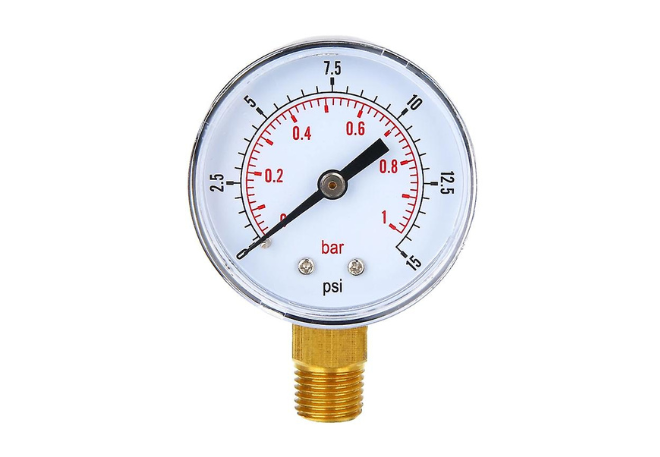How Do Bipolar Transistor Arrays Work and Why Do They Matter in Compact Circuit Design?
Understanding Bipolar Transistor Arrays in Electronics
In today’s rapidly evolving world of electronics, the demand for compact, reliable, and efficient components is at an all-time high. Bipolar Junction Transistors (BJTs), long recognised for their amplification and switching capabilities, are now commonly used in grouped configurations known as transistor arrays. These arrays integrate multiple BJTs into a single IC package, allowing engineers to create streamlined circuits without sacrificing performance. Each transistor within the array can function independently or be configured in various combinations for tasks that require higher current gain or improved thermal behaviour.
Transistor arrays are particularly valuable in applications involving repetitive switching or parallel processing, as they significantly reduce layout complexity and wiring effort.
What Makes BJT Arrays Different from Discrete Transistors?
Unlike standalone transistors, BJT arrays are designed with uniform electrical and thermal characteristics. This consistency translates into fewer mismatches in gain and better predictability across all transistors in the package. The shared substrate and consistent manufacturing process enhance stability, making arrays a wise choice for high-precision analogue or digital systems.
Moreover, these arrays often come pre-configured with valuable features, such as internal resistors, matched transistor pairs, or protective diodes, which reduce the number of external components needed and simplify the overall design.
Key Variants of BJT Arrays You Should Know
Transistor arrays come in different configurations, tailored to meet a range of electrical needs:
-
General Purpose ArraysContains 4–8 independent BJTs for standard switching and signal control.
-
Matched Pairs or Matched QuadsOffer tightly grouped BJTs with near-identical characteristics—ideal for differential amplifiers or push-pull circuits.
-
Darlington Pair ArraysProvide high current gain by connecting two transistors in tandem—often used in relay drivers or output stages.
-
Integrated Clamp Diode ArraysUsed to handle inductive loads like motors and solenoids, protecting the transistors from back EMF.
-
Low-Noise ArraysDesigned for use in audio, instrumentation, or RF applications, where minimal signal distortion is crucial.
Essential Features of BJT Transistor Arrays
Modern transistor arrays are engineered for versatility and durability. Here are the standout features:
- Space-Saving Architecture – Multiple transistors in one IC reduce board area and component clutter.
- Consistent Gain and Response – Each transistor in the array operates with nearly identical parameters.
- Simplified Layout – Fewer traces and solder points result in cleaner PCB designs.
- Improved Thermal Handling – A shared substrate leads to uniform heat distribution.
- Standardised Pinouts – Available in DIP, SOIC, and SMD packages to suit various applications.
Practical Advantages of Using Transistor Arrays
Whether in prototyping or production environments, BJT arrays offer practical benefits that enhance overall design efficiency:
- Reduced Assembly Time – Fewer discrete parts mean faster assembly and lower error rates.
- Lower Manufacturing Costs – One package replaces multiple transistors, reducing the bill of materials.
- Greater Design Reliability – Matched characteristics and uniform temperature profiles increase consistency.
- Enhanced Performance – Especially in analogue systems, balanced transistors improve linearity and signal quality.
- Custom Integration – Many arrays include internal biasing resistors or protection circuits.
Applications Where Transistor Arrays Excel
From automotive dashboards to consumer electronics, transistor arrays play a crucial role in ensuring reliable circuit operation. Common applications include:
-
LED and Display DriversEfficiently drive rows of LEDs in signs, indicators, and user interfaces.
-
Logic Interface and Signal IsolationTranslate voltage levels between systems or provide switching isolation.
-
Sensor Signal ProcessingAmplify weak analogue signals before converting them into digital data.
-
Relay and Solenoid ControlOffer fast switching for electromechanical actuators in industrial systems.
-
Audio and Music EquipmentEnsure balanced signal amplification with minimal distortion.
-
Stepper Motor ControllersUsed in CNC, 3D printers, and robotics to control motor coils.
Top-Rated Transistor Arrays in the Market
Here are some of the most widely used and trusted BJT array ICs among engineers:
-
ULN2803AFeatures eight Darlington pairs with internal clamp diodes, ideal for high-voltage inductive loads.
-
CA3046 / CA3086Classic ICs with five matched NPN transistors—used in analogue signal processing.
-
MPQ3906 / MPQ3904PNP and NPN quad transistor arrays are suitable for general-purpose switching.
-
SN75468Darlington array with built-in clamp diodes—commonly found in printer and motor circuits.
Key Design Tips for Working with Transistor Arrays
When designing with BJT arrays, keep these considerations in mind to achieve optimal results:
-
Current RatingMake sure the collector current of each transistor is within safe operating limits for the application.
-
Thermal DissipationUse copper pours or thermal vias for heat management, especially in compact layouts.
-
Input BiasingCheck if internal base resistors are included or if external ones are needed.
-
Pinout PrecisionReview the datasheet carefully before proceeding with the PCB layout to avoid misalignment or damage.
-
Signal MatchingFor analogue circuits, matched pairs ensure better linearity and consistency in gain.
Why BJT Arrays Are Here to Stay
As electronic devices become smaller, faster, and more interconnected, transistor arrays provide the ideal combination of integration, performance, and simplicity. Their ability to reduce circuit complexity while maintaining design flexibility makes them a top choice in numerous sectors, ranging from industrial automation and automotive systems to consumer devices and embedded solutions.
For engineers looking to balance cost, performance, and design scalability, Bipolar Transistor Arrays remain a dependable solution that evolves with the needs of modern electronics.




Comments
Post a Comment